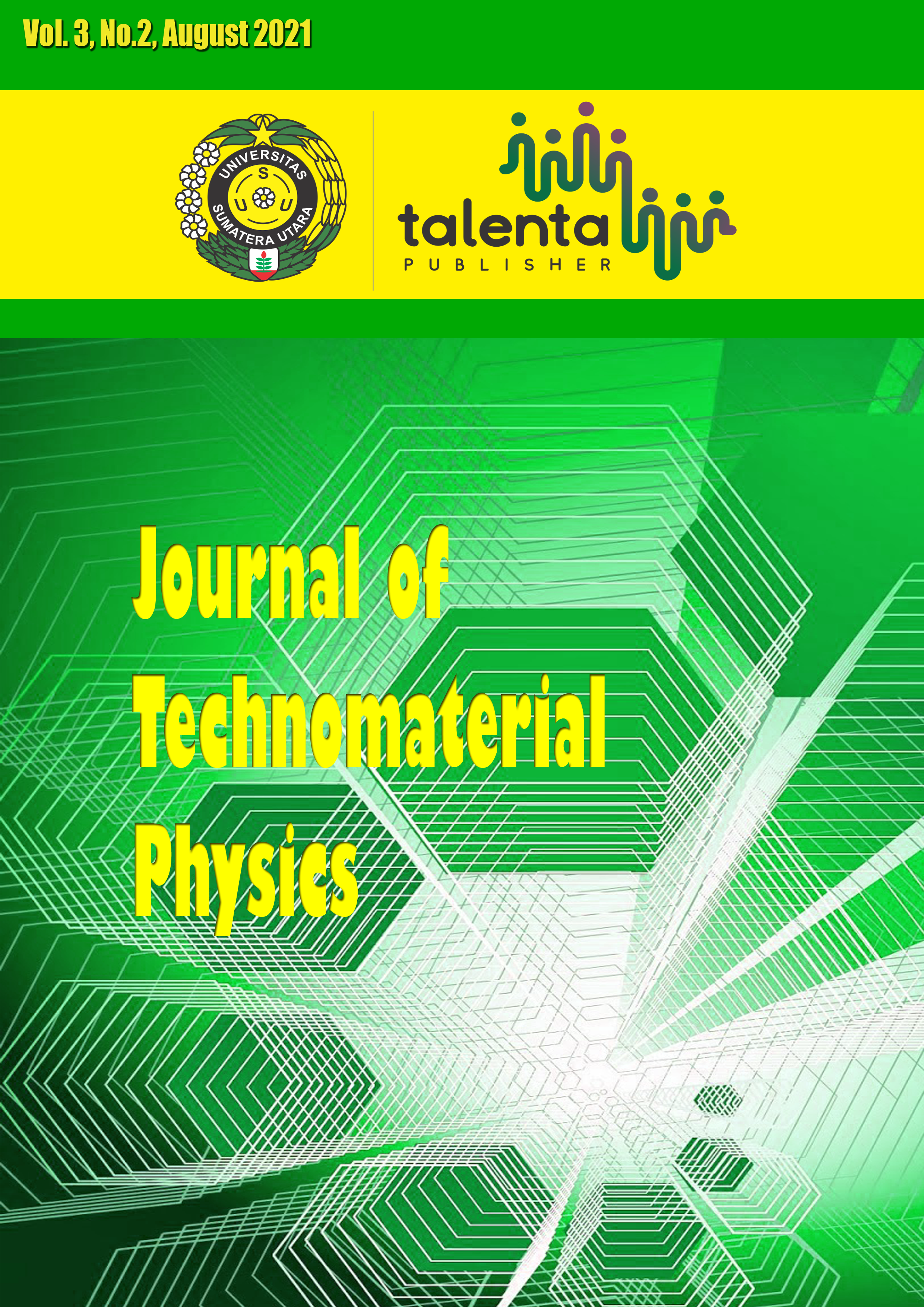Battery on Carburization ST 37 Steel
DOI:
https://doi.org/10.32734/jotp.v3i2.5810Keywords:
Key words: Carburizing process, ST 37 steel, batteryAbstract
A surface hardening process by adding carbon to its surface without changing the core properties of the material is called the carburization process. This process is carried out at the austenite temperature so that the carbon can diffuse into the phase. This process can only be done on low carbon steels with a content of below 0.25%. This research uses ST 37 steel which is a low content steel with a carbon content of 0.18%. This type of steel is surface hardened with a carburizing temperature of 850°C for a long lasting time of 1 hour, then it is carried out under moderate cooling with outside air media. This research produces a carburizing method with carbon battery media that easily breaks down into steel, which occurs in carbon batteries at temperatures below 723°C. And change its mechanical properties from the comparison of the initial mechanical properties of the specimen. Carburizing with battery rock media is more efficient at temperatures below 723°C. Because of at temperatures below austenite or below the carburizing temperature of carbon from the batteries, it can absorb the surface of the steel even though the amount is still very small. Because the temperature is below the austenite temperature, the absorbed carbons cannot diffuse as happened in the carburization process, but the absorbed carbons can bind the grain boundaries so that they change their hardness by 4%. The microstructure in the research that occurs in this process has nothing to change its phase because the temperature does not reach the austenite temperature.
Downloads
Downloads
Published
Issue
Section
License
Copyright (c) 2021 Journal of Technomaterial Physics

This work is licensed under a Creative Commons Attribution-ShareAlike 4.0 International License.








